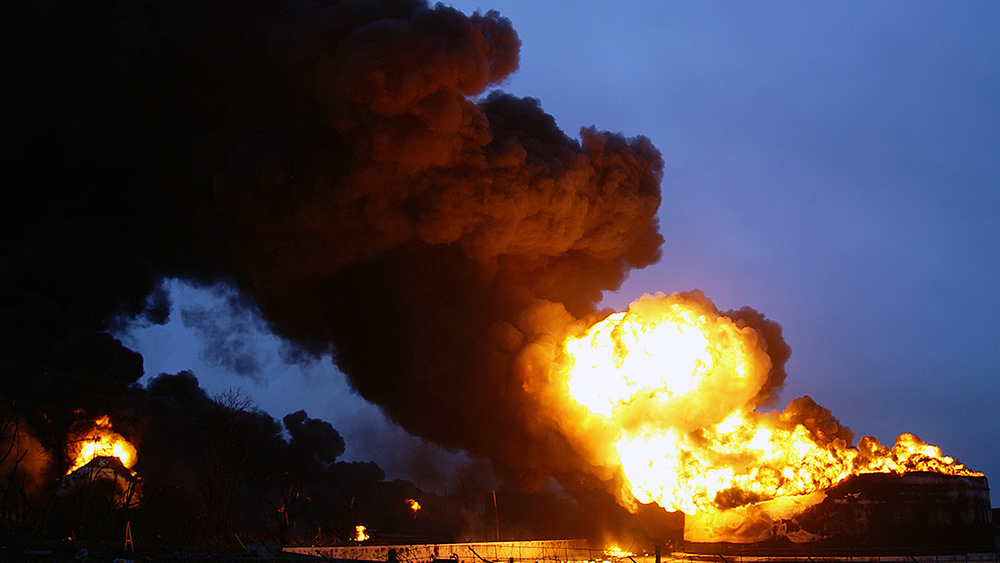
The heads of different electric grid operators warned that American households may experience energy shortages. They issued this warning to the Wall Street Journal (WSJ) amid the Biden administration's rapid adoption of so-called clean energy solutions.
The Midcontinent Independent System Operator (MISO), which delivers power to much of the Midwest, is one such company that issued a warning. It said last month that it would likely require increased energy imports alongside emergency resources just to meet peak energy demand for the summer.
JT Smith, MISO's executive director of market operations, pointed to "capacity shortfalls in both the north and central regions" of the operator's service area. These, he adds, leaves those areas at "increased risk of temporary, controlled outages to preserve the integrity of the bulk electric system."
Smith's remarks came as traditional power plants that use coal and natural gas are retired in favor of wind turbines and solar panels. However, these supposedly renewable solutions are unable to generate power 24/7 – prompting the use of batteries for energy storage. To make things worse, the development of more optimized battery storage is unable to cope with the speed at which fossil fuel power plants are decommissioned.
MISO CEO John Bear expressed concern over the matter, saying: "As we move forward, we need to know that when you put a solar panel or a wind turbine up, it's not the same as a thermal resource."
California Independent System Operator (CAISO) COO Mark Rothelder shared Bear's sentiments. "We need to make sure that we have sufficient new resources in place and [ensure they are] operational before we let some of these retirements go. Otherwise, we are putting ourselves potentially at risk of having insufficient capacity," he said.
Brad Jones, interim CEO of the Electric Reliability Council of Texas (ERCOT), said: "Every market around the world is trying to deal with the same issue. We're all trying to find ways to utilize as much of our renewable resources as possible, and at the same time make sure that we have enough dispatchable generation to manage reliability." (Related: Left-wing policies kill in Texas: Green energy advocacy left millions vulnerable in deadly storm.)
CAISO is in charge of powering 80 percent of the Golden State, while ERCOT is in charge of the Lone Star State's entire power grid.
More blackouts to come, thanks to increased electricity demand
According to MISO, the summer peak forecast is 124 gigawatts (GW) – with 119 GW projected to be available for customers. Meanwhile, authorities in California said as much as 3,800 megawatts of new energy supply may face delays through 2025.
However, the WSJ pointed out that other issues aside from supply constraints and a rapid pivot to "clean energy" may have exacerbated the problem.
"Large, sustained outages have occurred with greater frequency over the past two decades – in part because the grid has become more vulnerable to failure with age and an uptick in severe weather events. A push to electrify home heating and cooking, and the expected growth of electric vehicles, may increase power demand in coming years – putting further pressure on the system," it said.
California and Texas officials are scrambling to address the issue.
California Gov. Gavin Newsom said he would consider retaining the Diablo Canyon Nuclear Power Plant in San Obispo County online – just to reduce the risk of energy shortages. His decision to do so followed the Golden State having a hard time procuring energy supplies and storage systems to offset the closure of several gas-fired power plants and Diablo Canyon's impending shutdown.
In Texas, the State House of Representatives introduced Senate Bill (SB) 3 in early 2020. SB 3 centered around the "preparation, prevention, and response to weather emergencies and power outages" and required power plants to "prepare for extreme weather to minimize the risk of blackouts and other issues." SB 3 was signed into law by Texas Gov. Greg Abbott in June 2021 and took effect on the same month.
Power.news has more stories about energy shortages worsened by the sudden shift to renewables.
Watch "American Journal" host Harrison Smith talking about how tornadoes destroyed a wind farm in Texas.
This video is from the InfoWars channel on Brighteon.com.
More related stories:
Energy expert: Texas power outage could have been prevented with significant investment.
Sources include:
Please contact us for more information.




















